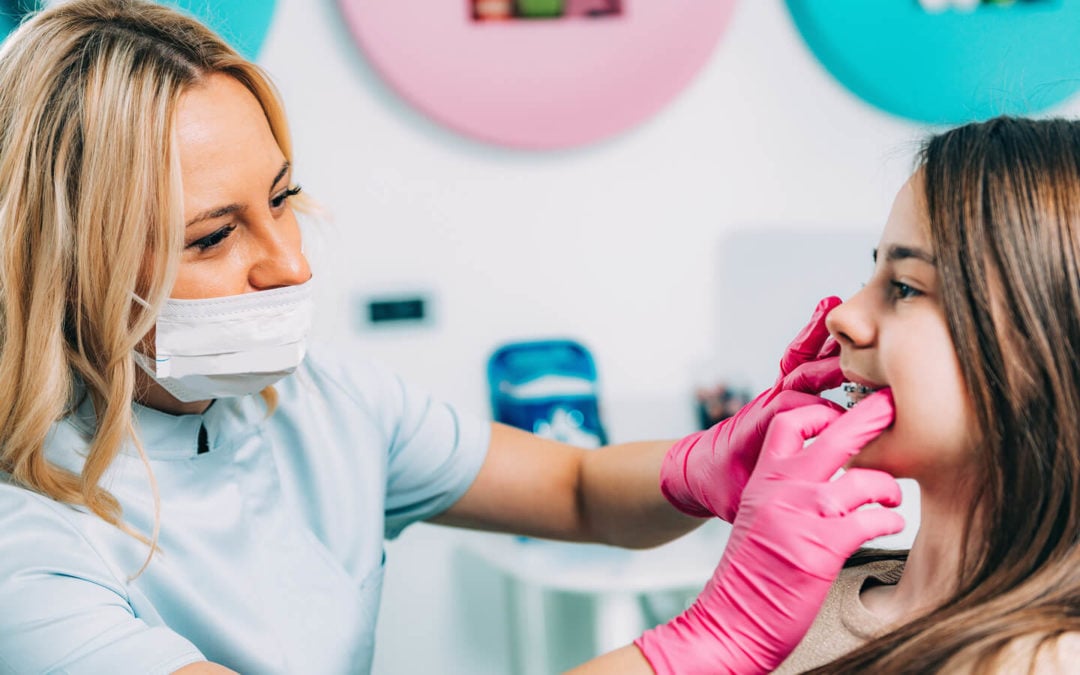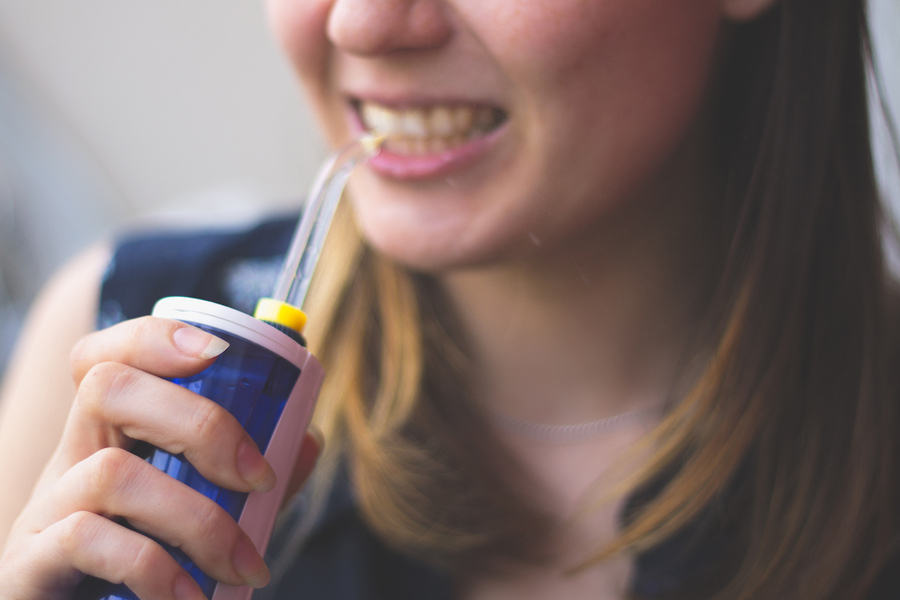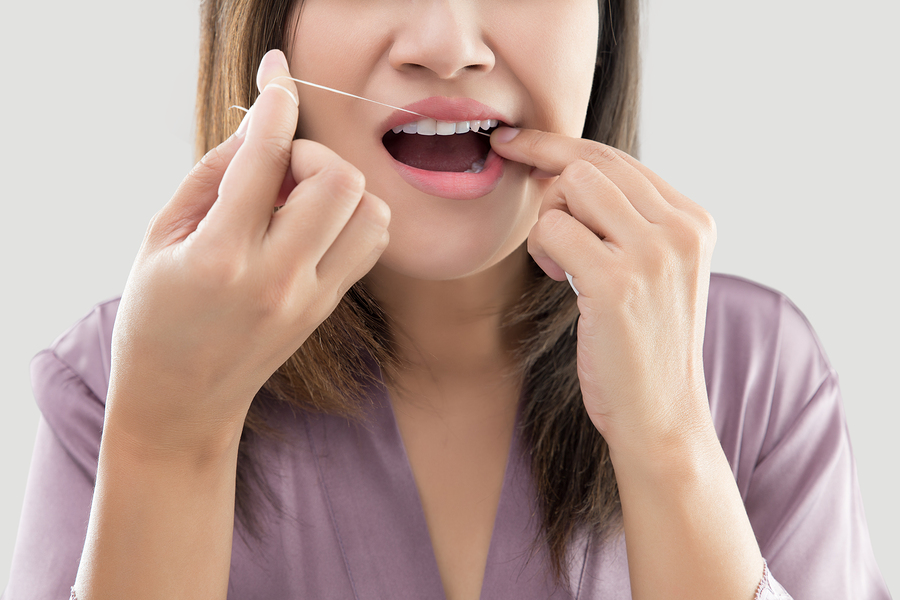What’s the scariest thing about Halloween? Haunted houses? Ghost stories? Frightening costumes?
For dentists and orthodontists like me, it’s the candy.
Keeping braces clean at the best of times is a challenge. With mountains of candy that can potentially damage braces, Halloween doesn’t make it any easier. If your child (or you) is navigating Halloween this year with braces, here are some do’s and don’ts to get you through the holiday.
Do: Keep the “Good” Stuff
Let’s start with the positive: there are actually a lot of treats your child can safely eat with braces. So start by sorting through your child’s Halloween haul and look for the following:
- Plain chocolate
- Peanut butter cups
- Brownies
- Soft cookies
- Snack cakes (like Twinkies, Ding Dongs, etc.)
- Pixi stix
Contrary to popular belief, orthodontists don’t condemn all candy. Of course, you may want to limit how many treats your child has and ensure that they always practice proper dental hygiene after consuming sweets, but these candies don’t present any direct danger to braces.
Don’t: Eat the “Bad” Stuff
That Halloween bag is likely to come back with a lot of sweets that are decidedly not braces-friendly. Separate out the following:
- Candy corn
- Chocolate with nuts, nougat, caramel, etc.
- Nuts
- Nougat
- Caramel (and caramel apples)
- Toffee
- Taffy
- Fruit chews
- Sour and gummy candies
- Tootsie rolls
- Licorice
- Popcorn
- Jawbreakers
You’re looking for anything that’s crunchy, chewy, or sticky, as these can cause brackets to pop off or damage the wire. If you don’t want it around the house, consider donating unwanted Halloween candy instead.
Pro tip: Talk about expectations with your child before they bring the candy home. That way they’ll be prepared for you to sort through their candy and remove some items before they dig in.
Do: Make Sure Teeth Get Brushed
Beyond the danger of damage to braces, candy also contains a lot of sugar that can cause tooth decay if not cleaned away. If your child is young enough to trick or treat, then they are probably still young enough for you to supervise them brushing their teeth for a night or two (or as long as the candy lasts!). Make sure they brush for the full two minutes and then follow it up with flossing.
This is also a good opportunity to stress the importance of good oral health habits. Give them positive feedback for taking great care of their teeth and braces. Remind them how important regular brushing and flossing are and that if they keep it up, they’ll have a beautiful smile at the end of treatment.
Don’t: Avoid Halloween Because of Braces
Think back to when you were little. Halloween was probably one of your favorite days of the year. It’s so much fun to get dressed up, and it’s even more fun to get a bunch of candy. So while it’s smart to be concerned about your child’s braces and oral health, it’s totally fine for them to take part. There’s no need to ban trick-or-treating or to confiscate all the candy they collect. Just follow the tips above and have a happy Halloween!









